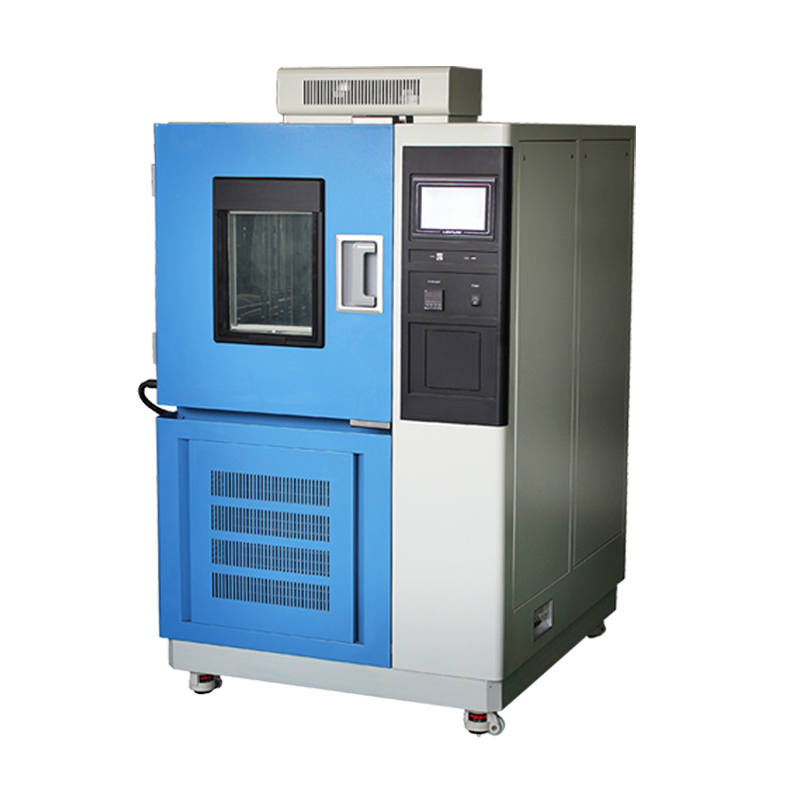Temperature test chambers are essential instruments in industries where precise environmental simulation is required for product development, quality assurance, and compliance testing. These chambers replicate specific temperature conditions, ranging from extreme cold to high heat, and are utilized in sectors such as aerospace, automotive, electronics, pharmaceuticals, and materials science. The pricing of temperature test chambers varies significantly, typically ranging from 5,000toover100,000. This broad spectrum is influenced by multiple factors, including technical specifications, performance capabilities, construction quality, and additional features.
Several critical elements determine the cost of a temperature test chamber. The size and internal volume of the chamber are primary factors; larger units designed to accommodate bigger products or higher quantities command higher prices. Performance parameters, such as temperature range, rate of change, and uniformity, also play a significant role. Chambers capable of achieving extreme temperatures, rapid cycling, or highly stable conditions require advanced components and sophisticated control systems, increasing manufacturing costs.

The level of technology and control precision is another key determinant. Basic models with standard analog controls are more affordable, while units with programmable logic controllers (PLCs), touchscreen interfaces, and compliance with industry standards such as ISO 17025 entail higher investment. Additional features, including humidity control, vibration testing, or customizations tailored to specific applications, further elevate costs. Energy efficiency, build materials, and after-sales support, including warranty and maintenance services, also contribute to the overall pricing structure.
Manufacturers and suppliers must balance cost with reliability and performance to meet the rigorous demands of industrial and research applications. Investing in a high-quality temperature test chamber ensures accurate and repeatable results, reducing the risk of product failure and enhancing compliance with international standards.
The versatility of temperature test chambers makes them indispensable in modern industrial and research settings. In the automotive industry, these chambers test component durability under varying climatic conditions, ensuring safety and performance. Electronics manufacturers rely on them to validate product functionality and longevity, preventing failures in real-world environments. Pharmaceutical companies use stability chambers to comply with regulatory requirements for drug storage and shelf-life testing. The breadth of applications underscores the importance of selecting a chamber that aligns with specific operational needs and budgetary constraints.
Technical specifications are central to both performance and cost. Temperature range is a fundamental criterion; standard chambers may cover -40°C to +150°C, while specialized units can achieve -70°C to +180°C or beyond. The rate of temperature change, expressed in degrees per minute, affects both capability and price. Faster ramping rates require more powerful refrigeration and heating systems, increasing complexity and expense. Temperature uniformity, typically measured as variation within the chamber workspace, must meet strict tolerances, often within ±0.5°C to ±2.0°C, depending on the application.

Humidity control is another feature that significantly impacts cost. Chambers with integrated humidity functionality, capable of simulating relative humidity from 10% to 98%, involve additional components such as steam generators or desiccant systems. This added complexity raises the price but is necessary for applications like microbial testing or material conditioning. Advanced models may also offer features like programmable cycling, remote monitoring, and data logging, which enhance usability but require more sophisticated software and hardware.
Build quality and materials used in construction are critical for durability and performance. Interior materials, such as stainless steel, offer resistance to corrosion and ease of cleaning, while insulation quality affects energy efficiency and temperature stability. The type of refrigeration system, whether mechanical compression or liquid nitrogen-based, also influences both performance and operating costs. Energy-efficient designs may have higher upfront costs but provide long-term savings through reduced power consumption.
Customization options allow chambers to be tailored to specific requirements, such as unique dimensions, additional ports for cabling, or integration with existing laboratory systems. While custom solutions increase initial investment, they optimize functionality for specialized applications, improving overall value. Compliance with international standards, including ASTM, IEC, and MIL-STD, ensures that chambers meet rigorous testing protocols, which may necessitate additional validation and documentation, contributing to higher costs.
The supplier’s reputation and support services are vital considerations. Established manufacturers with a history of reliability and innovation often price their products higher, reflecting quality assurance and technical expertise. Comprehensive after-sales support, including installation, training, maintenance, and access to spare parts, adds value but may involve additional costs. Warranties covering parts and labor provide peace of mind and protect against unforeseen expenses.
the price of a temperature test chamber is determined by a combination of factors, including size, performance capabilities, technological features, build quality, and supplier services. Understanding these elements enables informed decision-making, ensuring that investments align with operational requirements and long-term objectives. High-quality chambers represent a critical investment in product reliability, regulatory compliance, and competitive advantage, making them a cornerstone of innovation and quality assurance across industries.












